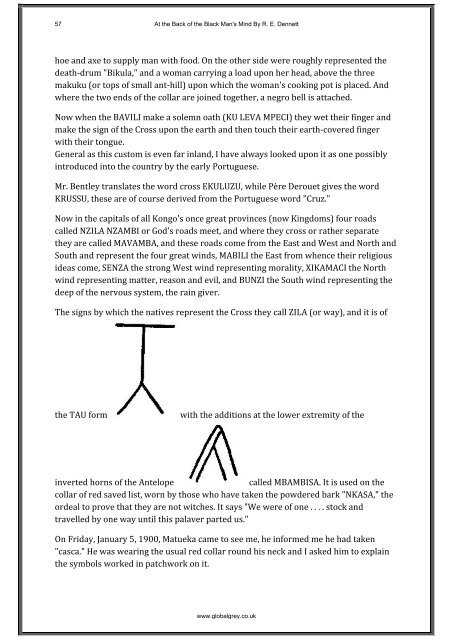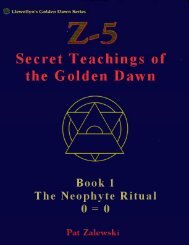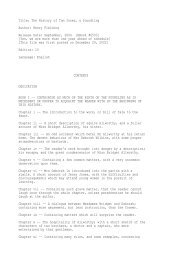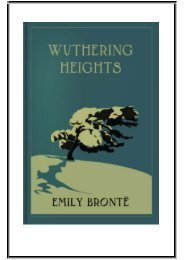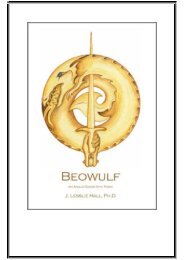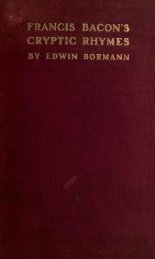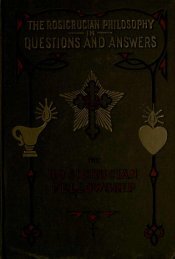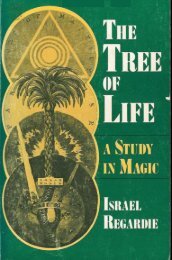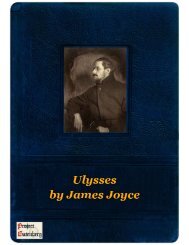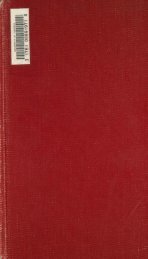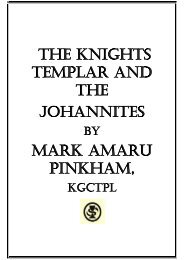Click to download PDF version: 3.87MB - Global Grey
Click to download PDF version: 3.87MB - Global Grey
Click to download PDF version: 3.87MB - Global Grey
Create successful ePaper yourself
Turn your PDF publications into a flip-book with our unique Google optimized e-Paper software.
57 At the Back of the Black Man's Mind By R. E. Dennett<br />
hoe and axe <strong>to</strong> supply man with food. On the other side were roughly represented the<br />
death-drum "Bikula," and a woman carrying a load upon her head, above the three<br />
makuku (or <strong>to</strong>ps of small ant-hill) upon which the woman's cooking pot is placed. And<br />
where the two ends of the collar are joined <strong>to</strong>gether, a negro bell is attached.<br />
Now when the BAVILI make a solemn oath (KU LEVA MPECI) they wet their finger and<br />
make the sign of the Cross upon the earth and then <strong>to</strong>uch their earth-covered finger<br />
with their <strong>to</strong>ngue.<br />
General as this cus<strong>to</strong>m is even far inland, I have always looked upon it as one possibly<br />
introduced in<strong>to</strong> the country by the early Portuguese.<br />
Mr. Bentley translates the word cross EKULUZU, while Père Derouet gives the word<br />
KRUSSU, these are of course derived from the Portuguese word "Cruz."<br />
Now in the capitals of all Kongo's once great provinces (now Kingdoms) four roads<br />
called NZILA NZAMBI or God's roads meet, and where they cross or rather separate<br />
they are called MAVAMBA, and these roads come from the East and West and North and<br />
South and represent the four great winds, MABILI the East from whence their religious<br />
ideas come, SENZA the strong West wind representing morality, XIKAMACI the North<br />
wind representing matter, reason and evil, and BUNZI the South wind representing the<br />
deep of the nervous system, the rain giver.<br />
The signs by which the natives represent the Cross they call ZILA (or way), and it is of<br />
the TAU form with the additions at the lower extremity of the<br />
inverted horns of the Antelope called MBAMBISA. It is used on the<br />
collar of red saved list, worn by those who have taken the powdered bark "NKASA," the<br />
ordeal <strong>to</strong> prove that they are not witches. It says "We were of one . . . . s<strong>to</strong>ck and<br />
travelled by one way until this palaver parted us."<br />
On Friday, January 5, 1900, Matueka came <strong>to</strong> see me, he informed me he had taken<br />
"casca." He was wearing the usual red collar round his neck and I asked him <strong>to</strong> explain<br />
the symbols worked in patchwork on it.<br />
www.globalgrey.co.uk


